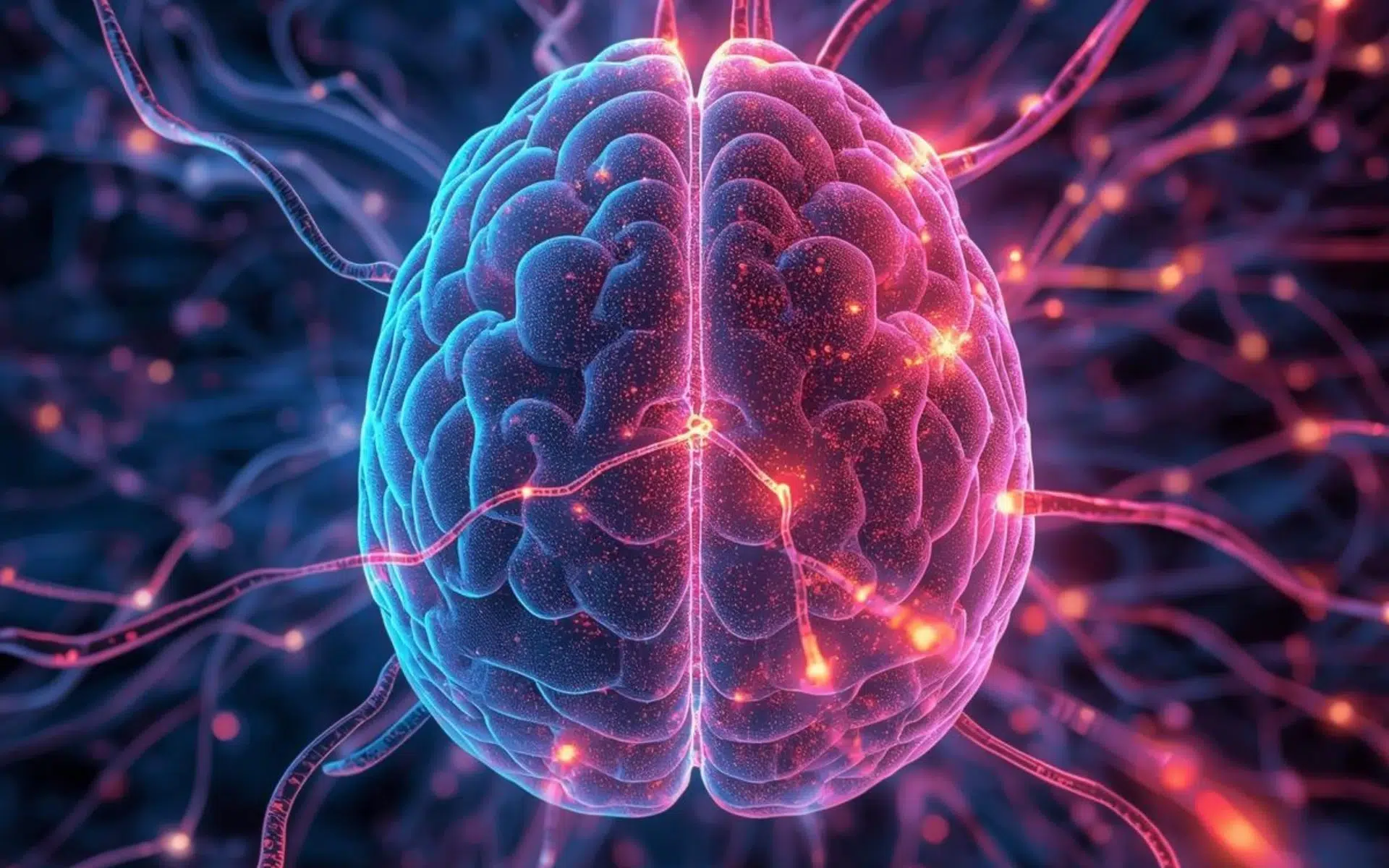You’re not stuck. Your brain isn’t fixed. And meditation can help you change — from the inside out.
Have you ever felt like you’re just wired a certain way?
Like your anxiety, your impulsiveness, or your constant self-doubt is simply part of who you are?
Maybe you’ve thought:
“This is just how my brain works.”
“I’ve always been this way.”
“I can’t change it now.”
But what if that wasn’t true?
What if — even in adulthood, even after decades of repeating the same patterns — your brain was still capable of changing?
That’s not wishful thinking. It’s neuroscience.
And it’s called neuroplasticity.
What Is Neuroplasticity?
Neuroplasticity is the brain’s ability to change its structure, function, and connections throughout your life.
It means your brain is not fixed.
It’s adaptive. Responsive. Capable of being reshaped by what you repeatedly do, think, and focus on.
Every time you practice something — whether it’s playing an instrument, reacting with anger, or repeating a self-critical thought — you’re strengthening neural pathways related to that pattern.
The beautiful flip side?
You can also train your brain to choose new patterns.
And that’s where meditation becomes a powerful tool.
How Meditation Affects the Brain (Backed by Science)
Meditation isn’t just about “calming down.”
It’s a form of mental training — and consistent practice changes the brain at a structural level.
One of the most well-known studies on this comes from Harvard neuroscientist Dr. Sara Lazar.
In an 8-week mindfulness meditation program (MBSR), participants showed measurable changes in their brains on MRI scans:
Thickening of the hippocampus, a region associated with learning, memory, and emotional regulation
Shrinkage of the amygdala, the brain’s fear and stress center
Reduced density in the default mode network (DMN), which is linked to self-referential thinking, rumination, and worry
What does this mean in everyday terms?
You become less reactive.
You ruminate less.
You make clearer decisions.
You feel more emotionally balanced.
In short: your brain becomes a safer place to live in.
Rewiring = Repeating New Pathways
Think of your brain like a trail in a forest.
The more often you walk the same trail, the clearer it becomes. Eventually, it becomes a road. Then a highway.
That’s how our emotional and behavioral patterns form.
But with meditation, you’re not trying to bulldoze through that old highway.
You’re simply stepping off the road — and walking a new path. Gently. Repeatedly.
At first, it feels awkward. Unfamiliar. Maybe pointless.
But over time, that new path gets easier to follow.
The brain starts to prune unused connections and reinforce the new ones.
And that’s how you go from “I’m always anxious in the morning” to “I know how to meet my anxiety with space.”
From “I always react this way” to “I can pause before I choose.”
But Real Change Feels… Small at First
Neuroplasticity is subtle.
It doesn’t happen all at once. There’s no sudden “aha!” moment when your brain reorganizes itself.
It happens in the in-between moments.
The pause before reacting.
The breath before speaking.
The decision to sit for five minutes instead of scrolling.
It happens when, after weeks of practice, you notice you’re just a little less hard on yourself.
A little more able to stay present when things get hard.
A little more kind.
These are not small things.
They are the building blocks of transformation.
Real People, Real Shifts
At MeTime, we’ve guided hundreds of people through live meditation.
And the most common reflection we hear isn’t, “My life changed overnight.”
It’s:
“I’m noticing I don’t get pulled into the spiral as quickly.”
“I still feel overwhelmed, but I come back to myself faster.”
“I finally feel like I’m not my thoughts — I’m the one watching them.”
That’s neuroplasticity in action.
Not flashy. But deeply real.
Why This Gives Us Hope
You’re not stuck with the brain you have today.
You’re not doomed to repeat every anxious thought, every reactive habit, every old narrative.
Your brain — no matter your age, your history, or your emotional wiring — is still capable of building new circuits.
You can become someone who responds with care instead of fear.
Who pauses. Who breathes.
Who slowly becomes the kind of person they’ve always hoped to be.
And meditation is not the only way to get there — but it’s one of the gentlest, most accessible, most powerful.
Because it doesn’t ask you to change everything.
It just asks you to show up, again and again.
How to Start Rewiring (Without Overwhelming Yourself)
Start small. Really small. Like:
5 minutes a day, with your eyes closed and your phone on airplane mode
One question in a journal: “What am I noticing right now?”
One breath — felt fully, without fixing anything
You don’t need the perfect routine.
You need repetition. Attention. Kindness.
That’s how the brain rewires.
And that’s how change — real, lasting, compassionate change — begins.
You’re not broken. Your patterns aren’t permanent. And your brain is not a prison.
It’s plastic. Which means it’s yours to reshape.
So start where you are.
Close your eyes.
Breathe.
Begin again.


